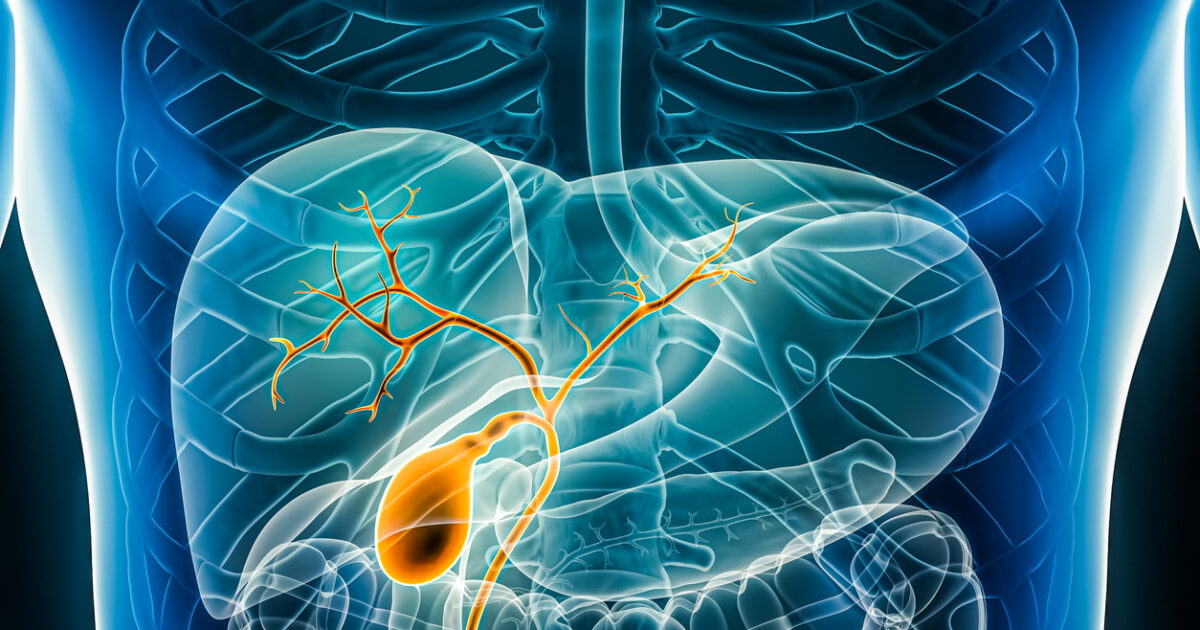The presence of stones in the gall bladder, a condition also known as gallstones, is extremely common in the general population. Although many people remain asymptomatic, this is not an innocent situation. Ignorance or misinterpretation of the nature and course of the disease can have serious health consequences, such as the occurrence of cholangitis or acute pancreatitis.
What is “bile”?
First of all, the concept of “bile” is often confused. Bile is a digestive fluid that is constantly produced in the liver and contributes to digestion, especially fat. The gall bladder, on the other hand, is a small “sachet” that temporarily stores the bile and channeled it into the intestine during digestion.
So, when one “pulls out the bile”, he does not lose the bile (the liquid), but its warehouse, that is, the gall bladder.
How are the stones created?
The stones are formed when bile contains high concentrations of cholesterol or bilirubin, which are precipitated and formed crystals. Over time, these crystals are converted into stones of various sizes.
The reasons can be many:
- Poor nutrition and obesity
- Hormonal changes (eg pregnancy)
- Genetic predisposition
- Liver or hematological diseases
- Prolonged fasting periods
How are they located?
Diagnosis is often randomly made by ultrasound, or when the patient has symptoms such as:
- Pain in the upper right part of the abdomen or in the epigastric
- Indigestion, bloating, nausea
- Pain after fat or fried foods
However, even asymptomatic stones can cause sudden, serious complications.
Myth 1: “Since it does not bother, it doesn’t matter”
Truth: The stones in the gall bladder are a “time bomb”. Even without symptoms, they may at any time cause:
- Acute cholecystitis
- Obstruction of the bile duct
- Cholangitis (biliary infection)
- Acute pancreatitis, with mortality that can reach 10%
Therefore, the presence of stones requires a medical evaluation by a specialist.
Myth 2: ‘Little stones are not dangerous’
Truth: On the contrary, small stones and bile mud are the ones that more easily pass through the bile duct and reach the head of the pancreas, causing acute pancreatitis or other life -threatening complications.
Large stones usually remain trapped in the gall bladder. The small ones, however, can move.
Myth 3: “I can watch the stones, I don’t need to do anything”
Truth: Once the presence of stones is found, monitoring has no practical meaning, especially if the patient is a suitable candidate for surgery. There is no way to predict when and if a complication will occur. In practice, many times the surgery is done extraordinary, after serious crisis, when the risk is longer. Scheduled cholecystectomy is clearly safer.
Myth 4: “I can’t live without bile”
Truth: After cholecystectomy, the body continues to produce bile in the liver, it just goes straight to the intestine. Digestion is not affected. The gall bladder acts as a warehouse, not as a bile producer. The body is adapted quickly, and the function of digestion returns without significant problems.
Myth 5: “After surgery I should not eat fat again”
Truth: This is true before the surgery when the system is irritable. After cholecystectomy, the patient is exempt from the seizures, and there is no longer the risk of foods that stimulate the gall bladder.
The diet gradually returns to normal, without significant restrictions.
Laparoscopic cholecystectomy
Laparoscopic cholecystectomy is the method of choice. Are:
- Minimally invasive
- Safe, with a small percentage of complications
- With quick recovery (1–3 days of hospital)
- With permanent relief from the problem
Surgery is done by small incisions and usually the patient returns to his daily life in a few days
Inference
Cholelithiasis, even in asymptomatic phase, may lead to serious complications, such as acute cholecystitis, pancreatitis or cholangitis. Timely assessment by a specialized surgeon is critical, especially in cases where:
- There are small gallows (<5mm) or bile mud, with an increased risk of hepatochic obstruction.
- There are aggravating factors, such as diabetes mellitus or previous episode of pancreatitis.
- There are subjective mild symptoms (eg postprandial discomfort, weight on the right hypochondria) that indicate a functional burden.
Cholelithiasis is a condition that is often underestimated. The perception “since I am not in pain, I am not in danger” is incorrect and may lead to serious complications. The modern medical approach is clear, planned surgical removal of the gall bladder is the safest and most effective preventive solution.

Writes Charilaos grandfatherGeneral Surgeon, Director Clinical laparoscopic surgery oncology of digestive & obesity oncologyAthens Medical Center
Read more articles on issues related to your health, here
